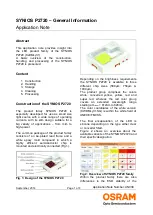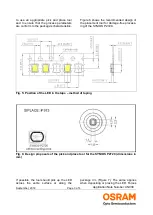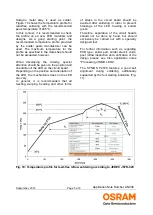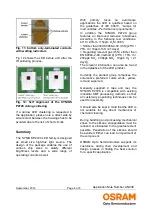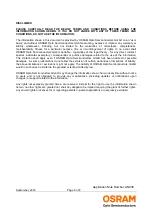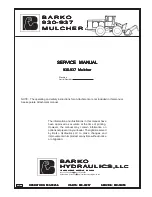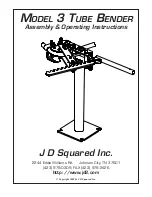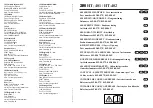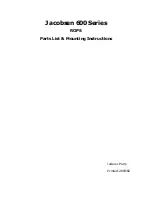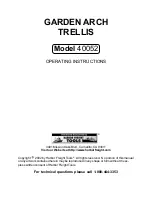
September, 2014
Page 4 of 8
should be applied over the entire surface or
along the rim.
Fig. 7: Recommended pick-up area for
SYNIOS P2720
Since the SYNIOS P2720 is generally
supplied in tape with dry pack, it should be
factory-sealed when stored.
The hermetic pack should only be opened
for immediate mounting and processing,
after which the remaining LEDs should be
repacked according to the moisture level in
the datasheet (q.v. JEDEC J-STD-033B.1 -
Moisture Sensitivity Levels).
Storage
PCBs or assemblies containing LEDs should
not be stacked such that force is applied to
the LED, or should not be handled directly at
the LED.
Fig. 8: Incorrect storage of LEDs
Generally, all LED assemblies should be
allowed to return to room temperature after
soldering, before subsequent handling, or
the next process step.
Fig. 9: Correct storage of assemblies with
LEDs
Cleaning
From today's perspective any direct
mechanical or chemical cleaning of the
SYNIOS P2720 is forbidden.
Isopropyl alcohol (IPA) can be used if
cleaning is mandatory. Other substances or
especially ultrasonic cleaning of SYNIOS
P2720 are generally not recommended.
For dusty LEDs, a simple cleaning by means
of purified compressed air (e.g. central
supply or spray can) is recommended here.
In any case, all materials and methods
should be tested beforehand, particularly as
to whether or not damage is associated with
the component.
Notes concerning cleaning can be also
found in the corresponding data sheets.
Processing
Generally, the SYNIOS P2720 product
family is compatible with existing industrial
SMT processing methods, so that current
populating techniques can be used for the
mounting process.
The individual soldering conditions for each
LED type according to JEDEC can be found
in the respective data sheet.
A standard reflow soldering process with
forced convection under standard N
2
atmosphere is recommended for mounting
the component, in which a typical lead-free
Application Note Number: AN038

